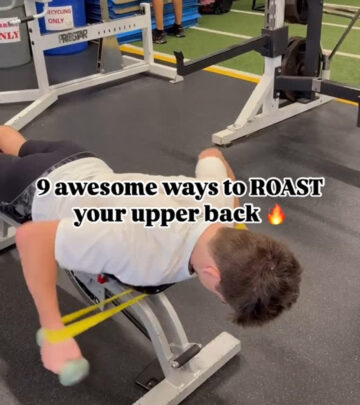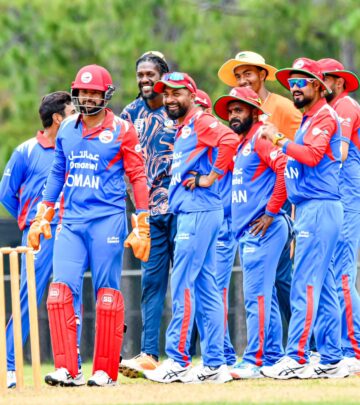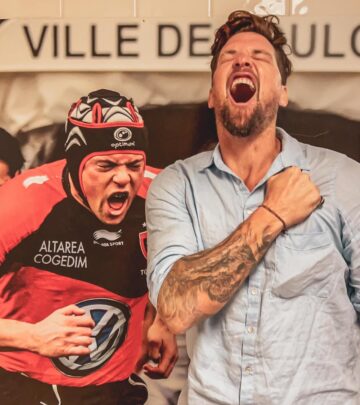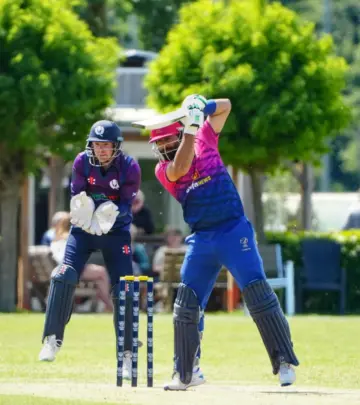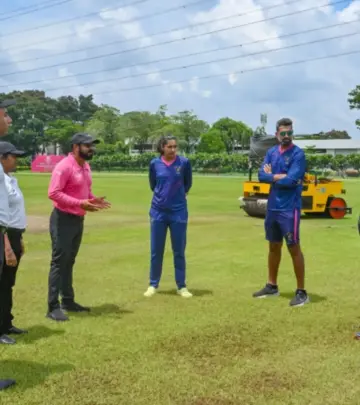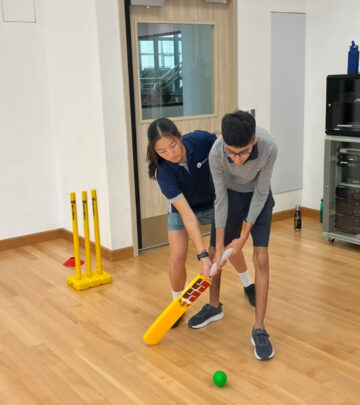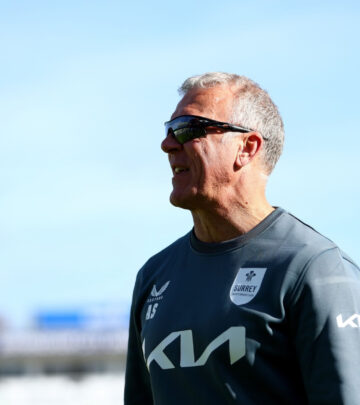Overtraining Alert: Conditioning Vs Strength Training Risks
Insightful tips highlight dangerous training habits: excessive conditioning, no rest days,
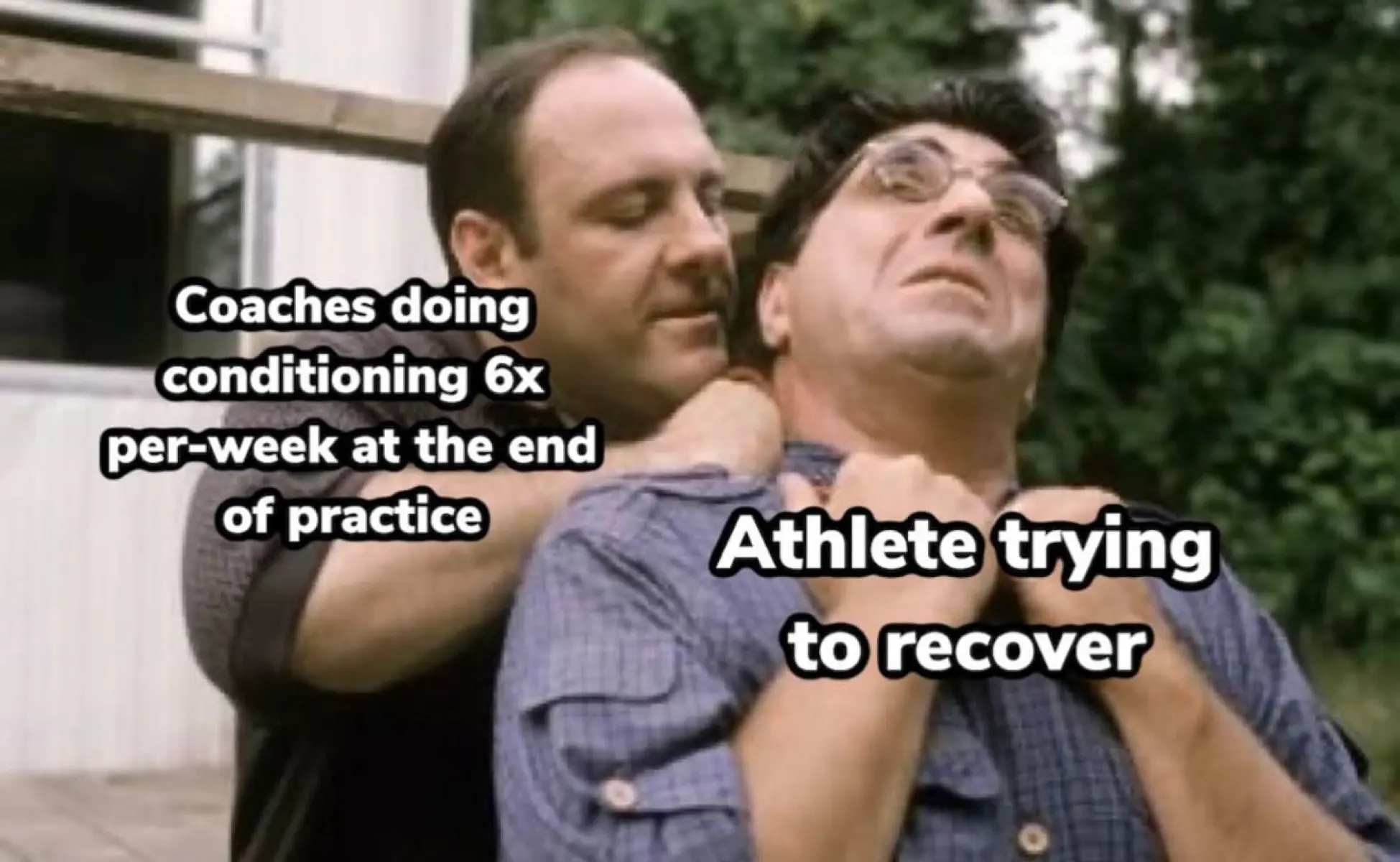
Image: Instagram
Gerry DeFilippo, the renowned strength coach from Challenger Strength, has recently turned heads with a straightforward social media post that lays out a critical message for athletes and training enthusiasts alike. In an image-capped message, he reiterates a well-known training adage originally popularized by fitness expert Julian Locasto: “You’re hurt because you do too much conditioning, don’t take rest days OR you don’t strength train. It’s simple…” This post is a timely reminder that in today’s era of extreme conditioning regimens, skipping recovery and proper strength work can lead to serious injuries.
Key Training Warning
In his crisp post, DeFilippo underscores a growing concern in the fitness world. While high-intensity conditioning has its merits for cardiovascular endurance, relying solely on it without complementing exercises often leaves muscles susceptible to overuse injuries. Gerry stresses that athletes who forgo strength training in favor of constant conditioning are ultimately paying the price with diminished performance and an increased risk of injury. Many in the athletic community have taken note, and this post has ignited a wider discussion on the need to balance different facets of training.
This message is not new to experts. Julian Locasto, whose handle is tagged in the post, has repeatedly shared similar advice through his dynamic Instagram presence. Previous posts from Locasto have featured detailed breakdowns of plyometric drills, accessory exercises for the upper back, and essential tips to build lower body power. In one notable post, he listed 10 plyometric exercises designed to build insane athleticism. In another, Locasto outlined a series of accessory exercises to target the upper back, reinforcing the same message of combining strength work with explosive conditioning drills.
Integrating Strength With Conditioning
The cautionary note shared by DeFilippo is a wake-up call for both professional athletes and recreational gym-goers. Despite the allure of high-intensity, high-volume conditioning workouts, training experts warn that skipping rest days undermines muscle recovery and overall performance. The balance between conditioning and strength training is delicate but essential. If athletes continually push their bodies without pauses or adequate weight training, their musculoskeletal systems can become overtaxed, paving the way for strains, stress fractures, or chronic injuries.
Gerry DeFilippo’s stance is grounded in research. A brief online search for studies on strength training and injury prevention reveals a robust body of evidence supporting the integration of strength work with proper recovery techniques. The principle is simple: muscles need time to repair and strengthen after being challenged. This insight is increasingly popular on social media platforms, where quick-and-easy workout routines sometimes overshadow the nuanced needs of the human body.
Drawing on his decades of experience, DeFilippo also points out that strength training isn’t merely about lifting heavier weights—it’s about incorporating exercises that promote joint stability, balance, and overall functional strength. The message is clear: a well-rounded approach that includes resistance training can bolster performance and protect against the kind of overuse injuries that plague many athletes today.
In previous Instagram updates, Locasto has been equally emphatic in his admonishments. One post argued that heavy lifts should not be the only method of training the upper body, while another warned that ceasing training during the season is a fast track to injury. Both trainers seem to agree that a mix of motor learning, proper recovery, and diversified exercise routines are vital for maintaining peak performance and preventing injury.
The widespread impact of digital media means these training messages rapidly reach a broad audience. Gerry’s post has resonated with athletes who are increasingly aware that the pursuit of peak performance must not come at the cost of long-term health. Whether you’re preparing for a major competition or simply striving to improve your personal fitness, the underlying advice is universal: balance is key.
This advisory trend is reshaping how everyday athletes and elite players plan their workouts. The conversation now centers on not just how hard one trains, but how smartly. Incorporating rest days, alternating between high-intensity conditioning and strength exercises, and listening to one’s body are emerging as best practices. DeFilippo’s straightforward message is a timely intervention in a fitness landscape often dominated by extreme regimens and viral workout trends.
By echoing Locasto’s philosophy, Gerry DeFilippo is offering a lifeline to those unknowingly pushing their limits. His post advocates for a foundational shift in training mentality—one that prioritizes long-term health and sustainable performance over quick gains and viral popularity.
With these insights in mind, athletes are encouraged to re-examine their workout plans and consider not only the intensity of their sessions but also the quality of recovery. The balance of conditioning and strength training, paired with adequate rest, is the cornerstone of effective and safe athletic development. As the dialogue continues to spread across social networks and training forums, it is clear that this message is resonating widely, prompting both seasoned professionals and newcomers alike to adopt a more holistic view of fitness.
Ultimately, the post by Gerry DeFilippo serves as a crucial reminder: even the most intense conditioning routines must be paired with strength work and recovery to prevent injury and ensure long-term progress. His advice, drawn from years of expertise, reinforces that smart training is all about balance—a message that will continue to influence the fitness community in the coming years.
Read full bio of Manjari Uppal




